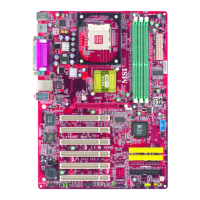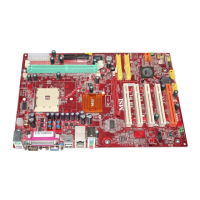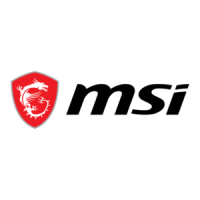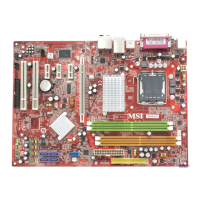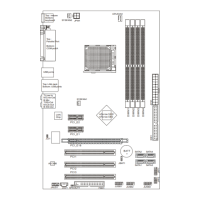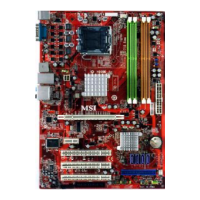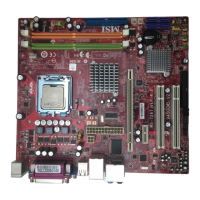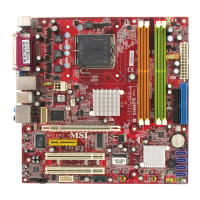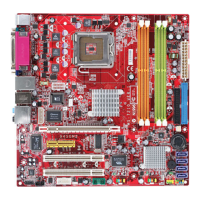3-13
BIOS Setup
IDE Devices Configuration
Press <Enter> to enter the sub-menu and the following screen appears:
IDE HDD Block Mode
Block mode is also called block transfer, multiple commands, or multiple sector
read/write. If your IDE hard drive supports block mode (most new drives do),
select [Enabled] for automatic detection of the optimal number of block read/writes
per sector the drive can support. Settings: [Enabled], [Disabled].PCI IDE BusMaster
Set this option to [Enabled] to specify that the IDE controller on the PCI local bus
has bus mastering capability. Settings options: [Disabled], [Enabled].
PCI IDE BusMaster
Set this option to [Enabled] to specify that the IDE controller on the PCI local bus
has bus mastering capability. Settings options: [Disabled], [Enabled].
OnChip Primary PCI IDE
The integrated peripheral controller contains an IDE interface with support for the
IDE channel. Choose [Enabled] to activate the channel. Setting options: [Enabled],
[Disabled].
IDE Primary Master/Slave PIO
The four IDE PIO (Programmed Input/Output) fields let you set a PIO mode (0-4) for
each of the four IDE devices that the onboard IDE interface supports. Modes 0
through 4 provide successively increased performance. In [Auto] mode, the sys-
tem automatically determines the best mode for each device. Setting options are:
[Auto], [Mode 0], [Mode 1], [Mode 2], [Mode 3], [Mode 4].
IDE Primary Master/Slave UDMA
Ultra DMA/33 implementation is possible only if your IDE hard drive supports it and
the operating environment includes a DMA driver (Windows 95 OSR2 or a third-
party IDE bus master driver). If your hard drive and your system software both
support Ultra DMA/33, Ultra DMA/66 and Ultra DMA/100, select Auto to enable
BIOS support. Setting optons are: [Auto], [Disabled].
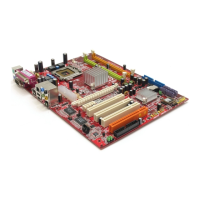
